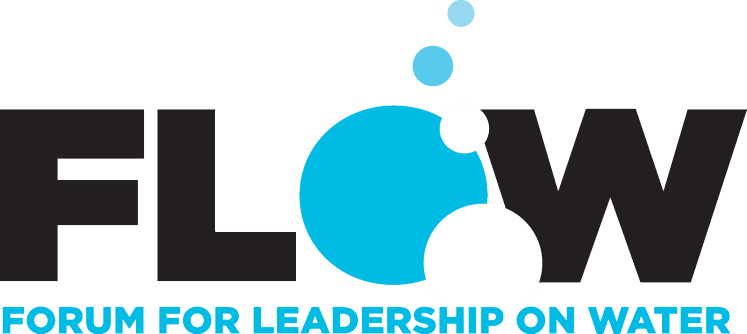Lessons from the High Mountain Summit
Bob Sandford | February, 2020
The High Mountain Summit, convened by the World Meteorological Organization (WMO) on October 29-31, 2019, in Geneva, sought to address these challenges by identifying priority actions to support more sustainable development, disaster risk reduction, and climate change adaptation both in high-mountain areas and downstream regions.
High-mountain areas are unique environments that play a crucial role in water security: mountains are referred to as the “water towers” of the world, and river basins with headwaters in the mountains supply freshwater to over half of humanity. High-mountain areas, however, are being hit particularly hard by climate change, an underappreciated phenomenon that poses immense current and future challenges. The High Mountain Summit, convened by the World Meteorological Organization (WMO) on October 29-31, 2019, in Geneva, sought to address these challenges by identifying priority actions to support more sustainable development, disaster risk reduction, and climate change adaptation both in high-mountain areas and downstream regions.
The High Mountain Summit featured presentations from around the globe that highlighted the risks posed by glacier and snow melt. These risks include a short-term increase in hazards like landslides and floods, including glacier lakes outburst floods (GLOFs), and a long-term threat to the security of water supplies for billions of people. The full understanding of these changes and their impacts is hampered by a scarcity of data, including meteorological, hydrological, climate, and cryosphere observations and data. The fragmentation of existing data across multiple actors, both internationally and within countries, poses additional challenges.
The Summit acknowledged that, given the remoteness of high mountain environments and the extremely difficult access, space-based observing systems could address data needs by providing observations of the Earth’s cryosphere and high mountain areas. The Summit concluded with the adoption of a Call for Action. In it, the participants committed to the goal that people who live in mountains and downstream regions should have open access to hydrological, cryospheric, meteorological, and climate information services in order to adapt to and manage the threats imposed by unprecedented human-induced climate change.
A priority action to meet this goal is to address critical gaps in mountain earth system observations. This requires identifying and building on existing observations from the multitude of actors present in different regions, as well as by pursuing with priority the strengthening of remote sensing observations of the mountain cryosphere. The Summit called for open and free access to data from all programmes and projects active in mountain regions, and for capacity building activities on data processing methodologies. These measures will help deliver consistent, timely, and quality data in a sustainable manner.
Summit participants, which included several scientists with Canada’s Global Water Futures Program and one FLOW member, also called for accelerating and enhancing the development of existing WMO programmes with the inclusion of mountain specific functions. This will support national hydrological and meteorological services and other institutions to develop better information and prediction products, as well as services for decision-support in water management in climate-sensitive mountain river basins. A critical component of supporting these applications and services is enhanced collaboration with and amongst space agencies with a focus on a coordinated approached to enhancing the monitoring of cryosphere in high mountain areas. The Summit also called for parties to pursue the development of a framework for an integrated global cryosphere data and information system, and the registration of all existing observations from high mountain regions in the Observing Systems Capability Analysis and Review Tool made available through the WMO.
The Call to Action is an ambitious document that includes a roadmap of priority actions. It is also a living document that should be interpreted in the context of dramatic and unpredictable climate change. Achieving the actions it lays out will require commitment and coordination amongst a wide range of actors.
Robert Sandford holds the Global Water Futures Chair in Water and Climate Security at the United Nations University Institute for Water, Environment and Health, based at McMaster University, Hamilton, Canada

